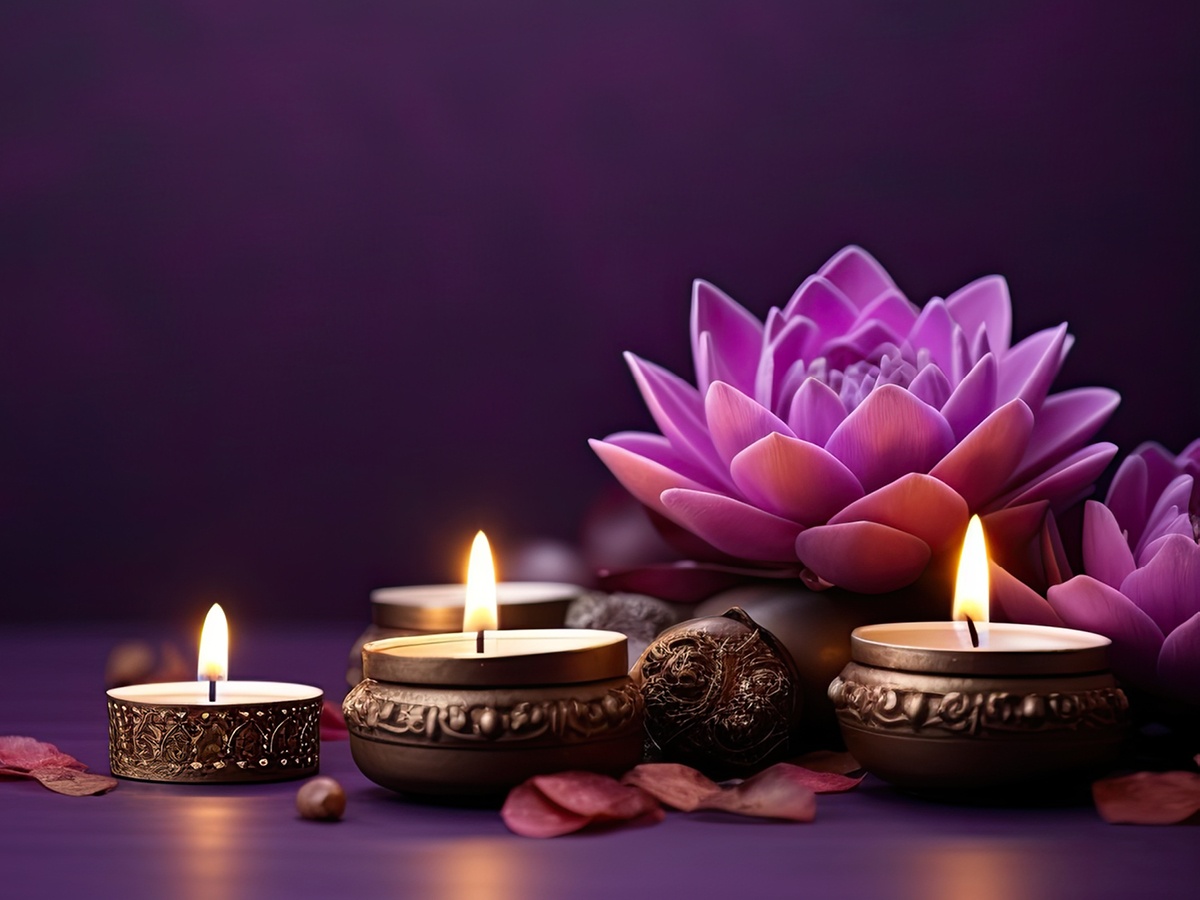Diwali is India’s Most Important Holiday —and a celebration of good over evil
Observed by more than a billion people across faiths, this five-day festival of lights brings prayer, feasts, fireworks and, for some, a new year.
Diwali is India’s most important festival of the year —a time to celebrate the triumph of light over darkness, knowledge over ignorance, and good over evil. Widely observed among more than a billion people from a variety of faiths across India and its diaspora, the five days of Diwali are marked by prayer, feasts, fireworks, family gatherings, and charitable giving. For some, Diwali is also the beginning of a new year.
But Diwali is perhaps best known as a festival of lights. Derived from the Sanskrit dipavali, which means “row of lights,” Diwali is known for the brightly burning clay lamps that celebrants line up outside their homes.
The dates of this festival are based on the Hindu lunar calendar, which marks each month by the time it takes the moon to orbit Earth. Diwali begins just before the arrival of a new moon between the Hindu months of Asvina and Kartika—which typically falls in October or November of the Gregorian calendar. In 2022, the five days of Diwali begin on October 22, with the most important festival date taking place on October 24.
The meaning of Diwali—and its many legends
Diwali is so widely celebrated—it’s an important religious festival for Hindus, but is also observed among Jains, Sikhs, and Buddhists—that it has no single origin story. But while each religion has its own historical narrative behind the holiday, they all ultimately represent the victory of good over evil.
In Hinduism alone—which is considered the world’s oldest living religion, dating back to the second millennium B.C.—there are several versions of the Diwali story that vary among geographic communities. These, however, are all epic tales of victory won by men who were considered incarnations of the Hindu god Vishnu, regarded as the sustainer of the universe, and whose role it is to restore the balance of good and evil in times of trouble.
In northern India, Diwali commemorates Prince Rama’s triumphant return to the city of Ayodhya after 14 years of exile due to the plotting of his evil stepmother—and after a heroic rescue of his wife Sita, an incarnation of the goddess Lakshmi, who had been kidnapped by the rival king Ravana.
In South India, meanwhile, Diwali honors the victory of Lord Krishna over the demon king Narakasura, who had imprisoned 16,000 women in his palace and meted out harsh punishments to any of his subjects who dared stand up against him. And in western India, the festival celebrates Vishnu’s banishment of King Bali—whose immense power had become a threat to the gods—to the underworld.
Sikhs, Jains, and Buddhists, three minority religions in India, have their own Diwali stories. For Sikhs, whose religion arose in the late 15th century as a movement within Hinduism that is particularly devoted to Vishnu, Diwali commemorates the release of the 17th-century guru Hargobind after 12 years of imprisonment by Mughal emperor Jahangir.
Jains, whose ancient religion dates back to the middle of the first century B.C. and also shares many of the beliefs of Hinduism, observe Diwali as the day that Lord Mahavira, the last of the great Jain teachers, reached nirvana.
And Buddhists, whose religion emerged in the late 6th century B.C. in what some describe as a reaction to Hinduism, celebrate it as the day the Hindu Emperor Ashoka, who ruled in the third century B.C., converted to Buddhism.
How Diwali is Celebrated
Just as the legends of Diwali differ from region to region so, too, do the holiday’s rituals. What most have in common, though, are the abundance of sweets, family gatherings, and the lighting of clay lamps that symbolize the inner light that protects each household from spiritual darkness.
But generally, each of the five days of Diwali has its own significance. On the first day of Diwali, people pray to the goddess Lakshmi, bake sweets, and clean their homes—which they decorate the next day with lamps and rangolis, designs made on the floor out of colored sand, powder, rice or flower petals.
Diwali’s third day is its most important: On this day, people may go to temple to honor Lakshmi or gather with friends and family for feasts and fireworks. Devotees also set ablaze the lamps they had displayed the day before.
For many celebrants, the fourth day of Diwali marks the new year and a time to exchange gifts and well wishes. Finally, the fifth day is typically a day to honor one’s siblings.
Over the years, Diwali has become India’s biggest holiday season—rivaling Thanksgiving or Christmas in the United States. Shoppers take advantage of the sales and communities across India and across its diaspora host small fairs. Fireworks are also a major part of the celebrations, particularly in New Delhi where they are often criticized for causing spikes in the city’s notoriously bad pollution. (The city has banned the use of firecrackers in recent years to mitigate these harmful effects.)
However it is celebrated, the spirit of Diwali is universal—the belief that, eventually, light will triumph over darkness.
Amy McKeever
Originally published October 11th, 2022
in National Geographic

